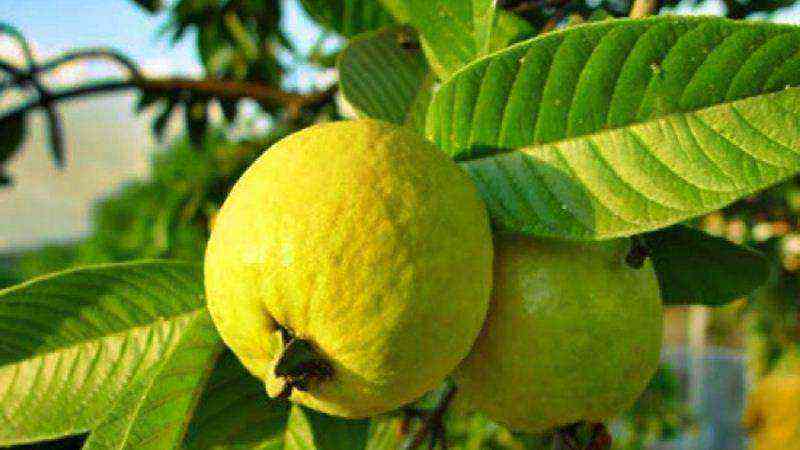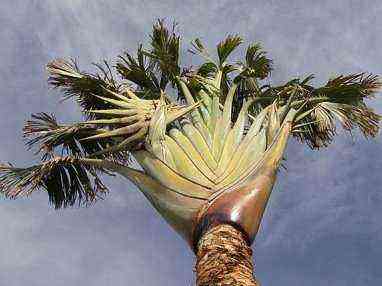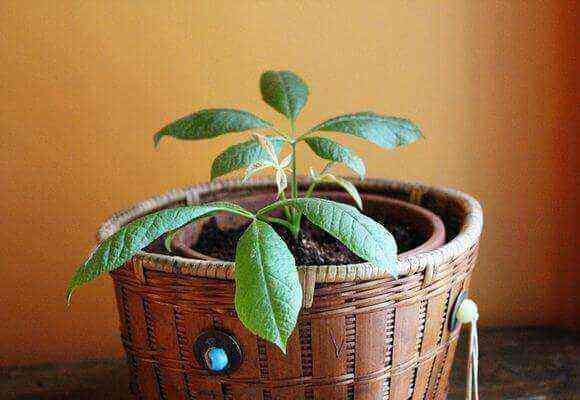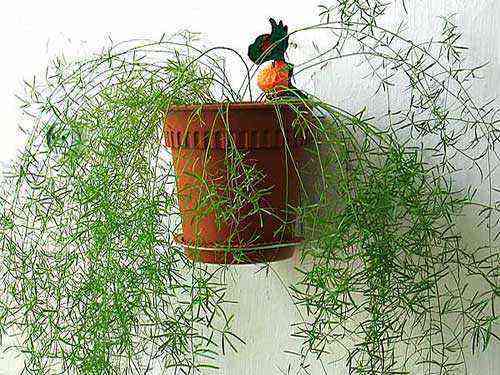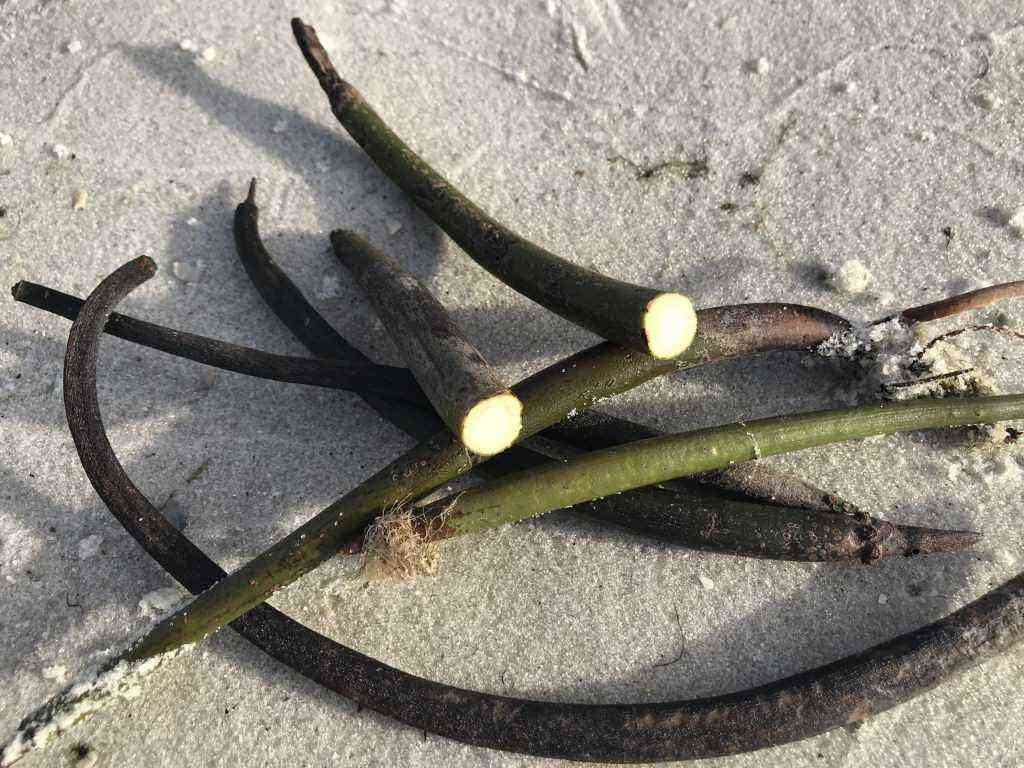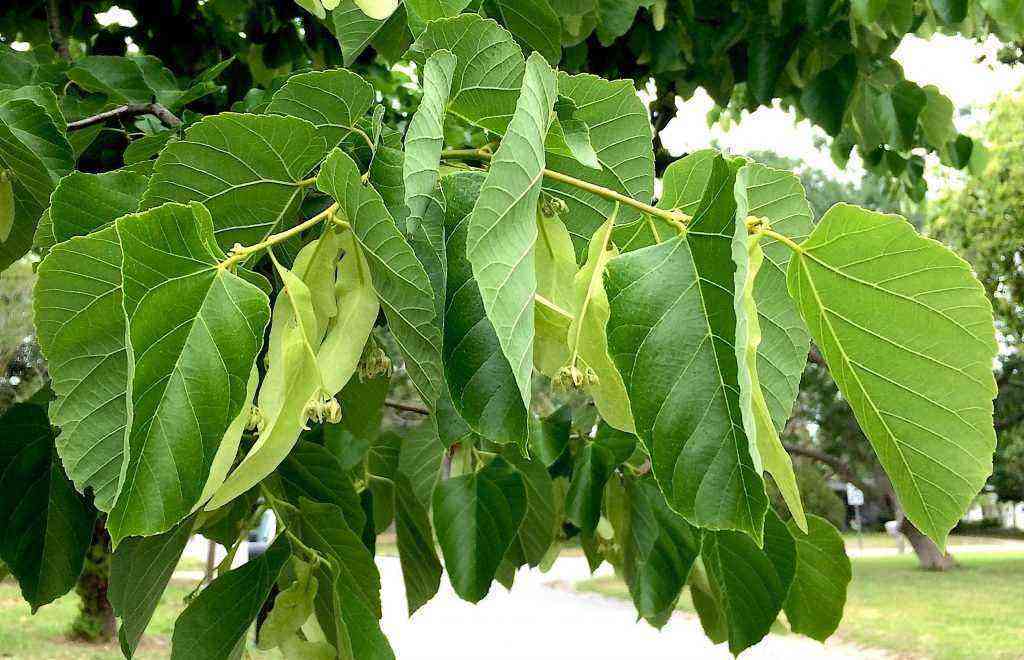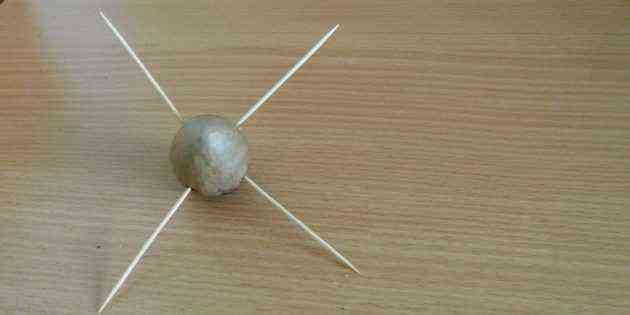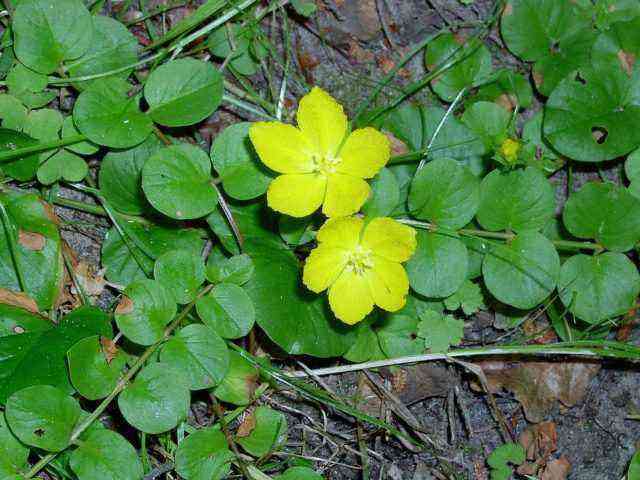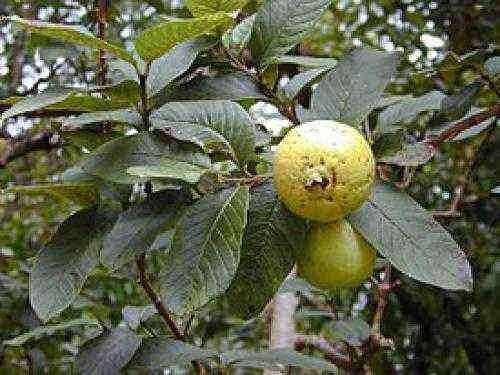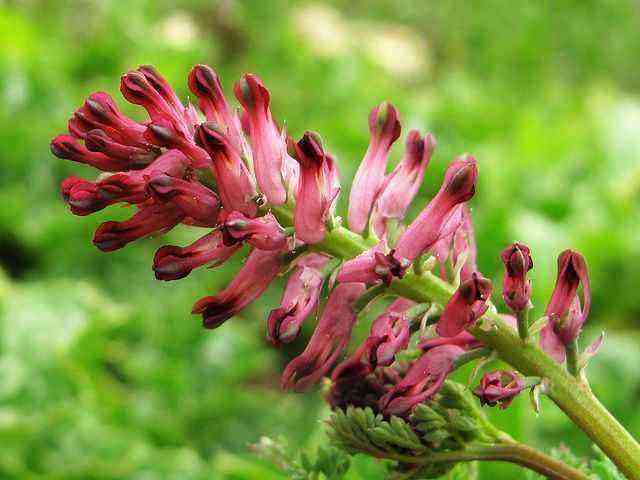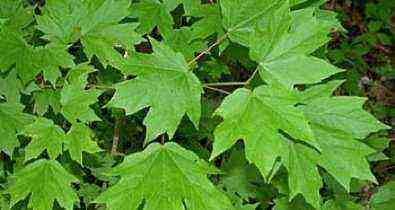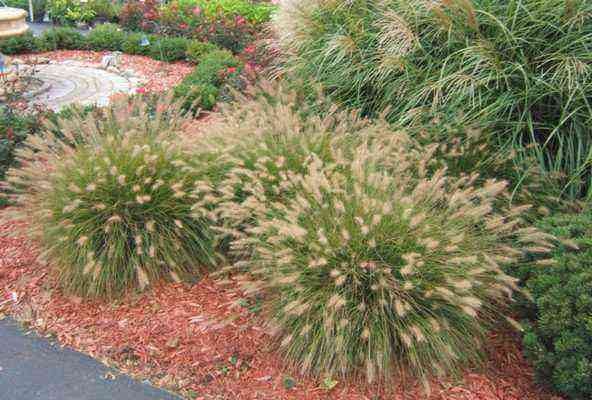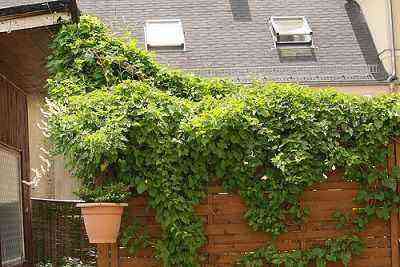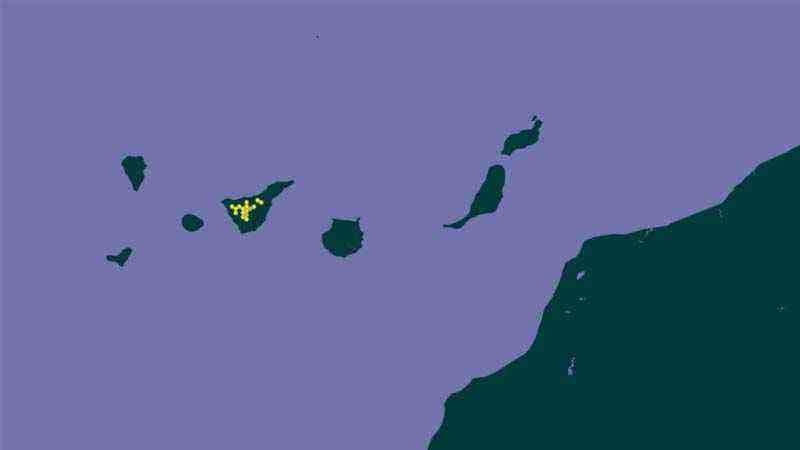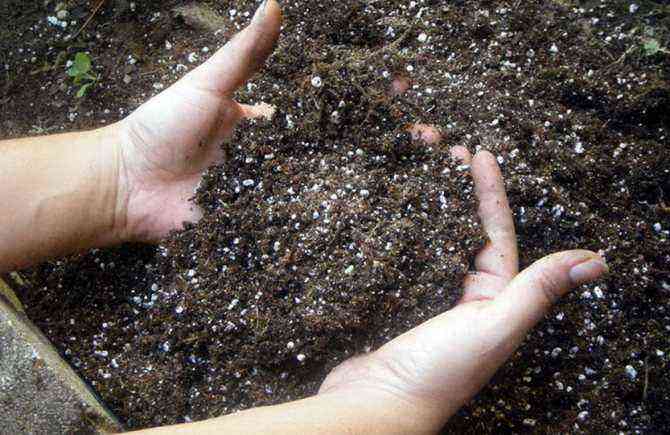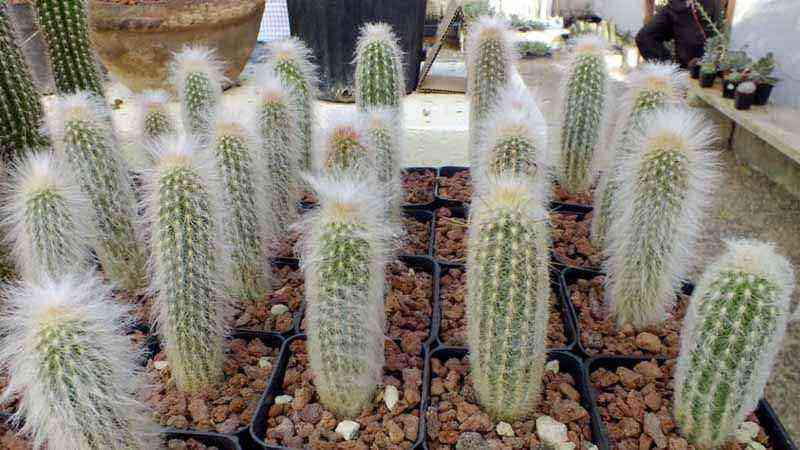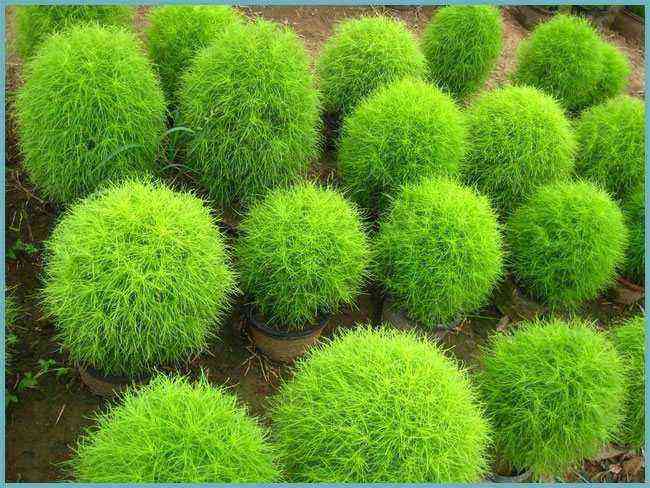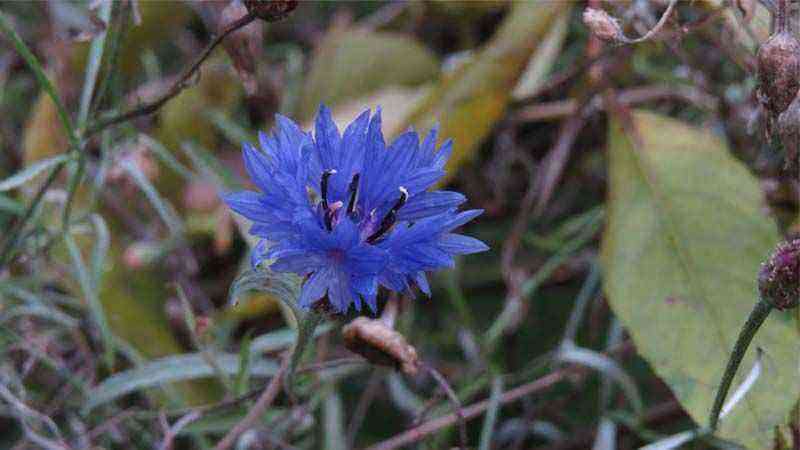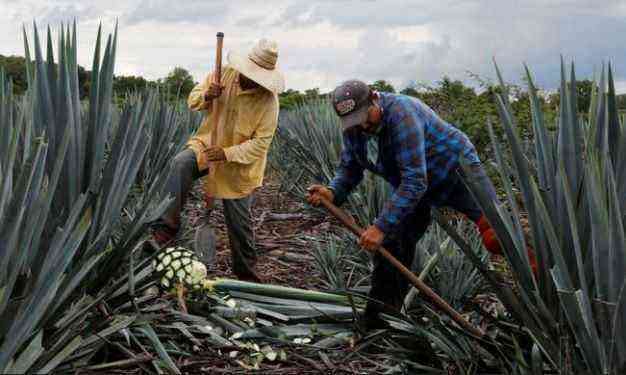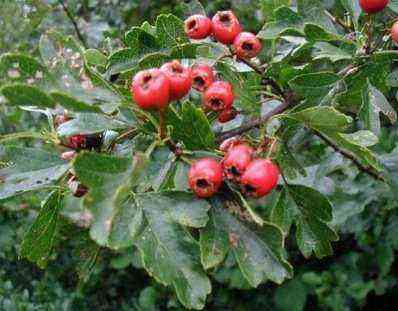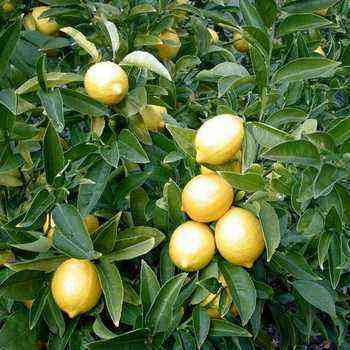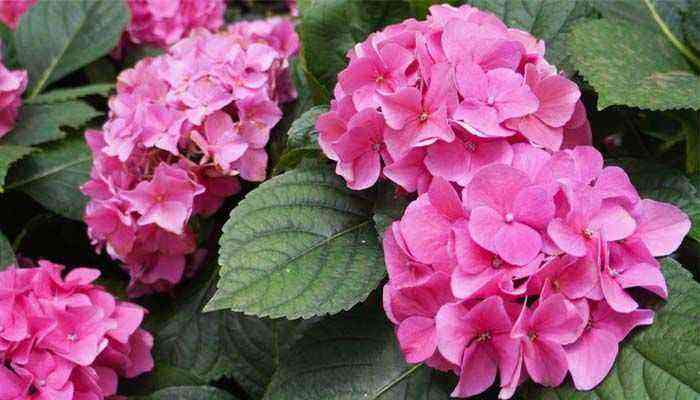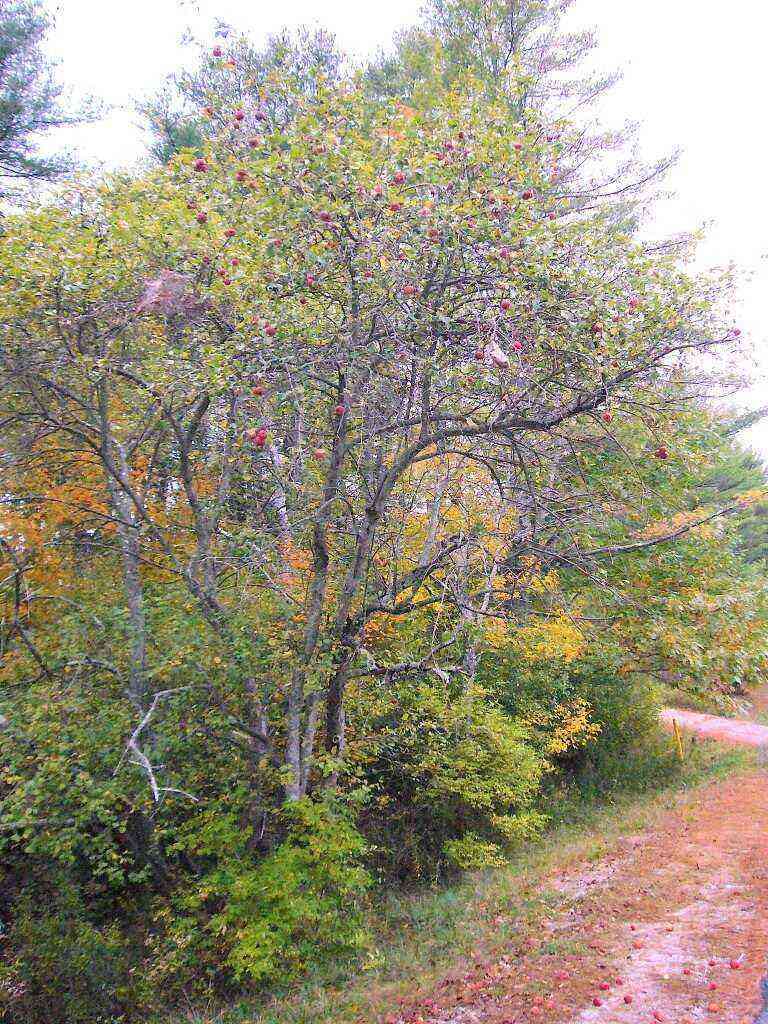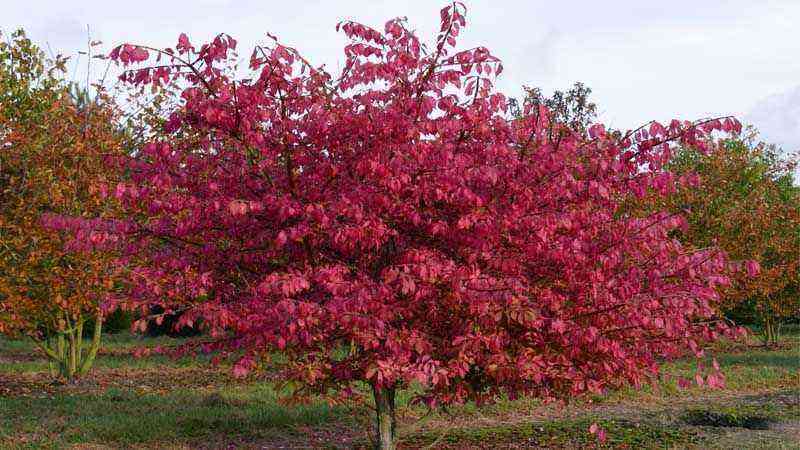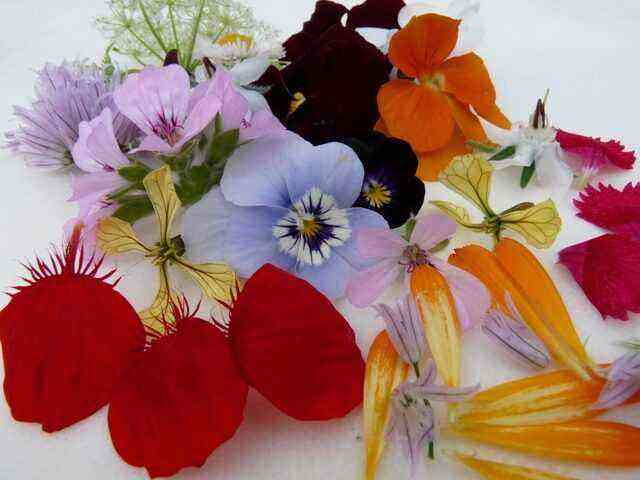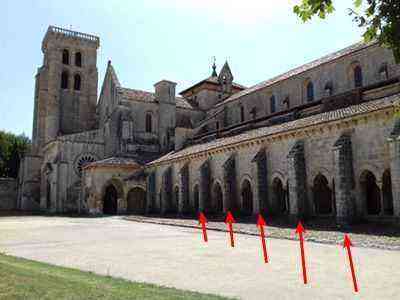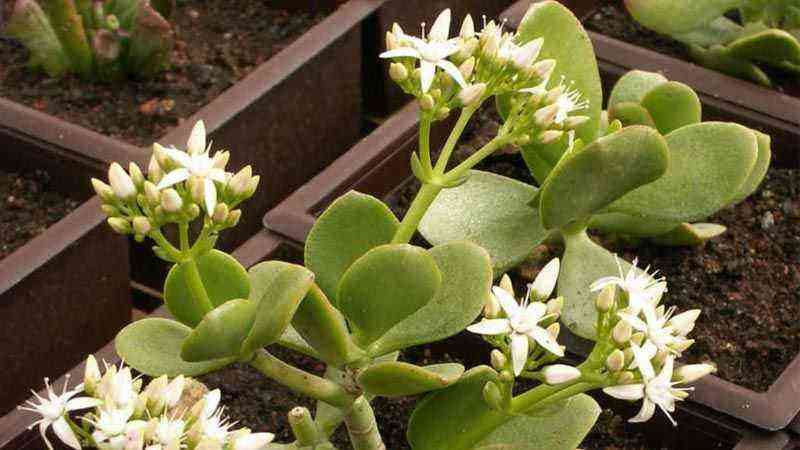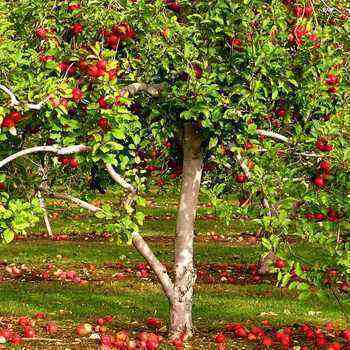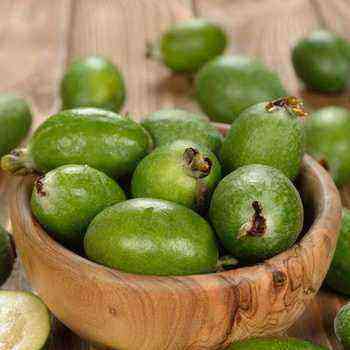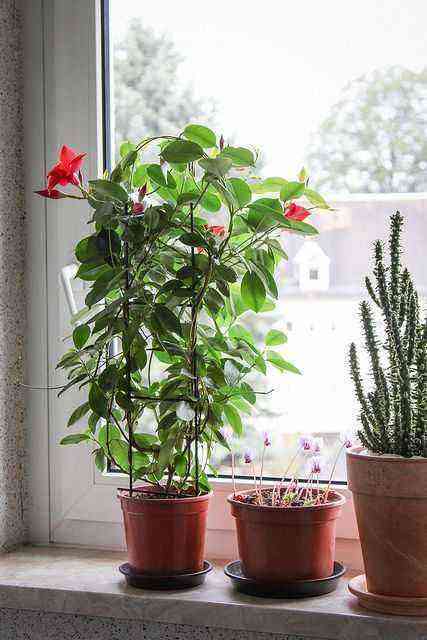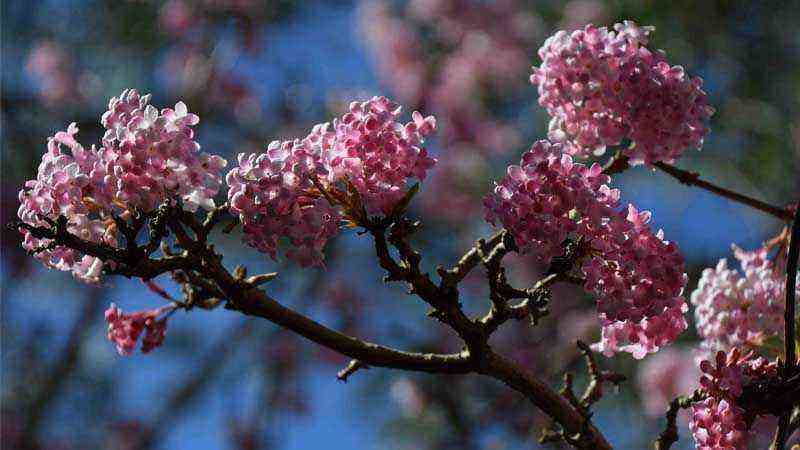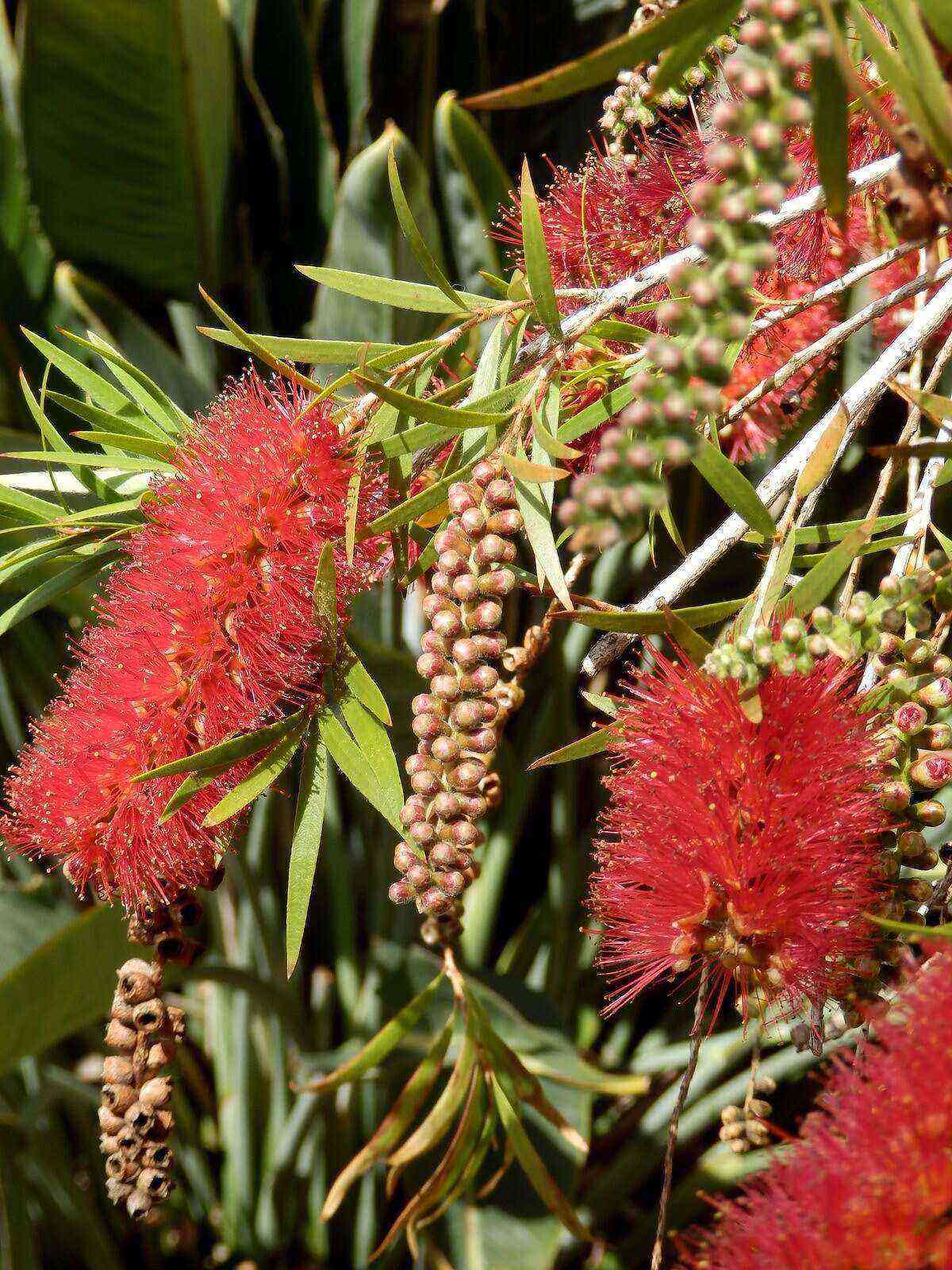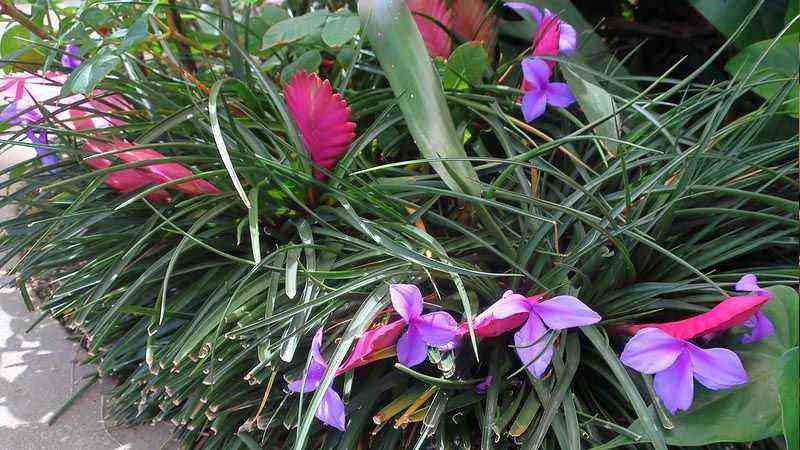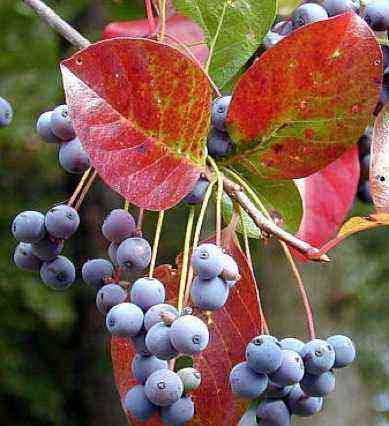La pinaceae family (Pinaceae) encompasses a wide range of autochthonous specimens of the Iberian Peninsula, including the one known as black pine (Pinus uncinata). A common pine in cold areas and continental climates, where in Spain we can see it in the northern area of the Pyrenees.
In this article we tell you what are the main characteristics of black pine, scientifically known as Pinus uncinata, as well as its ornamental value and taxonomic identification.
Characteristics of black pine (Pinus uncinata)
Its name is not due to the fact that its needles are black, far from it, but it does have a slightly darker wood color than the generic species of Pinaceae that are distributed throughout the European continent.
Currently there are discrepancies between differentiating or not whether there are cultivations within the species Pinus Uncinata. Some botanists have separated into 2 subspecies, since the distribution in Europe is different:
- Picea glauca var. rounded; more typical of eastern Europe.
- Pinus mugo subsp. uncinata: You can find specimens in the Pyrenees and in the eastern part of France, mainly.
Taxonomy
- Order: pinales
- Family: Pinaceae
- Gender: Pinus
- Species: Pinus unicanata
- Common name: black pine
Black pine identification
The black pine is distinguished from the other species of pine in that its size is not so high. It is characterized by growing in high mountain areas, but does not exceed 20 or 25 meters in height. Its crown is pyramidal, with lower branches of greater length, where on each floor they decrease in size, adapting to the strong winds typical of mountainous areas.
Its growth, like all pine trees, is very slow, living hundreds of years and gradually gaining several cm of height per year. Its half-life is between 300 and 400 years.
Trunk
Its trunk is very characteristic of all species of pines, with wood that slowly and over the years cracks, with a color of dark gray bark or even brown.
In general, the carriage of the trunk is straight, although it is common to find arched pine species due to the morphology of the soil (sloping areas), or slopes looking for a greater surface of light in wooded areas.
Leaves
Its leaves are needles, very typical of the Pinaceae family, with a dark green color and forming very dense clusters on the branches.
Flowering and fruiting
Blooms in the spring months and early summer (May to June), once the frosts and winter cold of the continental area of Europe have gone. It produces fruits in the form of pineapples between 5 and 7 cm in length, which finally open and ripen in late summer, between September and October.
The great difference of the fruits of the species Pinus uncinata is based precisely on the term uncinata, whose meaning is “hooked.” This is due to the pineapples have scales with hook-shaped edges, quite different from other species of pines.
 Where can we find the black pine
Where can we find the black pine
The black pine is characteristic of high mountain areas and continental climates, with cold winters. The main populations are found in the Spanish Pyrenees, the Vosges forests of France and the Alps.
Spain
The main growth zone of the black pine (Pinus uncinata) are the Pyrenees, where they represent the main populations even worldwide.
Further south we find isolated species in Teruel, but in high mountain areas and altitude above 1600 m. We also find species developing in optimal conditions in the Cantabrian mountain range and the Leonese mountain.
Among all the species of the Pinaceae family, the black pine is the one that best develops in high altitude areas, regardless of the type of soil and area.
Grow Guide Pinus uncinata (black pine)
Climatic characteristics
Pine species are perfectly adapted to continental climates with very cold winters that accumulate several meters of snow. It perfectly withstands the cold and the summer season, with very warm temperatures, but as long as the soil retains moisture.
Its needles (modified leaves) have a great capacity to prevent water loss, as well as its powerful root system, capable of finding layers of moisture deep in the soil.
Water needs
Despite this, the black pine stands out for being a species quite demanding in rainfall and good moisture concentration in the soil. In fact, it does not usually grow in areas further south of the Iberian Peninsula since in the summer it supports excess heat very badly with a completely dry soil.
Therefore, it is important to keep the soil moist almost throughout the year, hence it grows very well in fluvial environments or clay soils that retain moisture very well.
Plagues and diseases
Speaking of pests and diseases, at the level of pests, the main problems of large populations of pine trees is the pine nematode and the processionary, among others.
At the disease level, only in highly flooded areas can a vascular fungus appear, causing the well-known “brownness of conifers”, known as Phytophthora.
The ornamental value of Pinus uncinata
Despite the fact that black pine has a very high quality wood for the manufacture of furniture and cabinetry, its main value is ecological. The main plantations in the Iberian Peninsula offer excellent results against erosion, developing without problems in areas of steep slopes and high altitude forests where other species are not able to thrive.
For this reason, in this type of area and mainly the populations of the Alps and the French mountainous areas, it avoids avalanches in areas of great accumulation of snow.
Cover photo: Luca Carloni
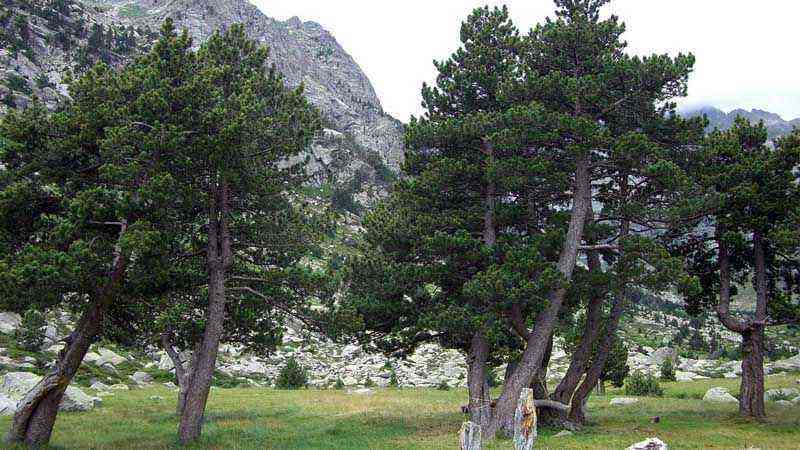 Where can we find the black pine
Where can we find the black pine